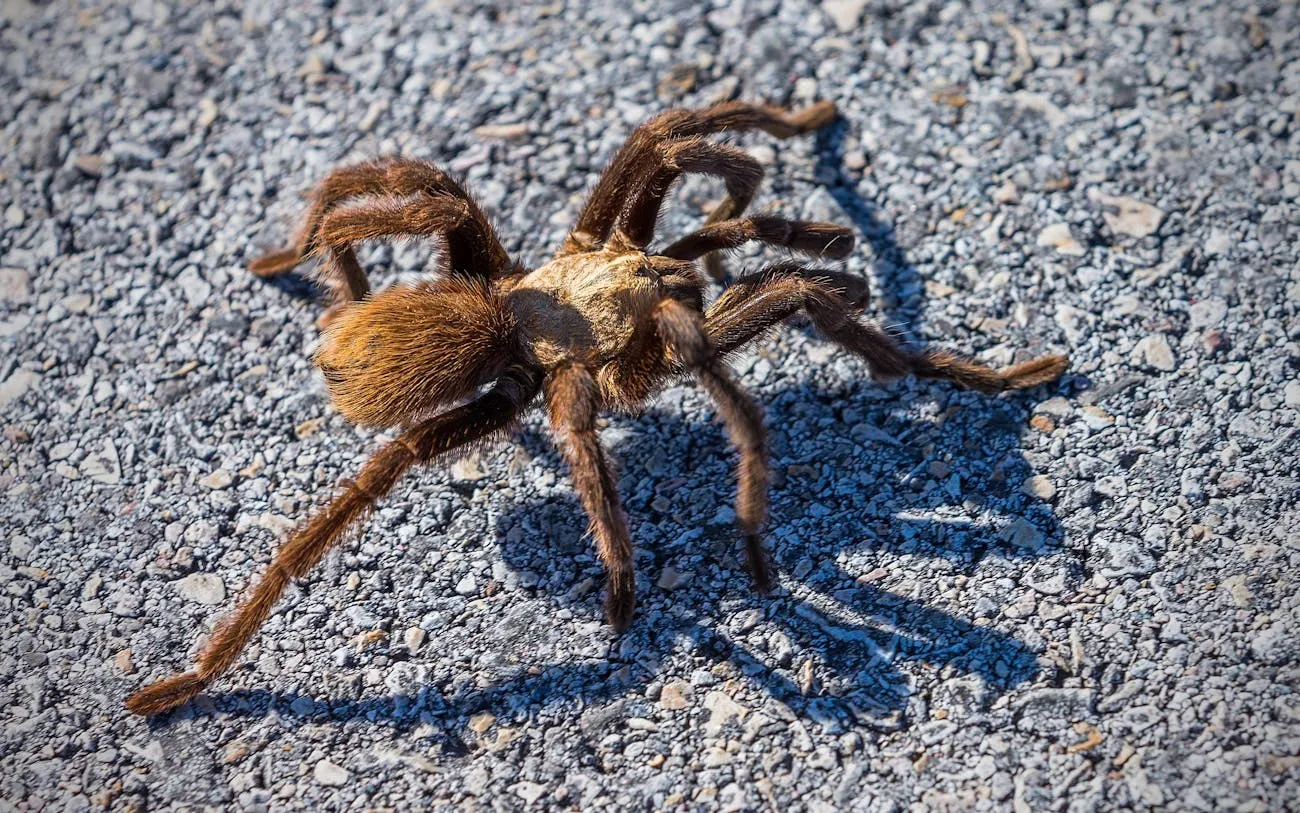What is a Tarantula
Tarantulas are large, hairy spiders belonging to the Theraphosidae family. They are among the biggest spiders in the world, known for their impressive size and relatively long lifespan. In South Texas, several species of tarantulas can be found, making them a fascinating subject for nature enthusiasts and arachnid admirers. These spiders are generally nocturnal hunters, playing a vital role in their ecosystem by controlling insect populations. Their presence is an indicator of a healthy environment.
Physical Characteristics of Tarantulas
Tarantulas boast a variety of colors, from earthy browns to blacks, sometimes with vibrant markings on their legs and bodies. Their bodies are divided into two main parts: the cephalothorax (fused head and chest) and the abdomen. They have eight legs, two pedipalps (used for sensory purposes and manipulating food), and chelicerae (fangs) used for injecting venom. These features help them survive and thrive in their South Texas habitat.
Size and Appearance
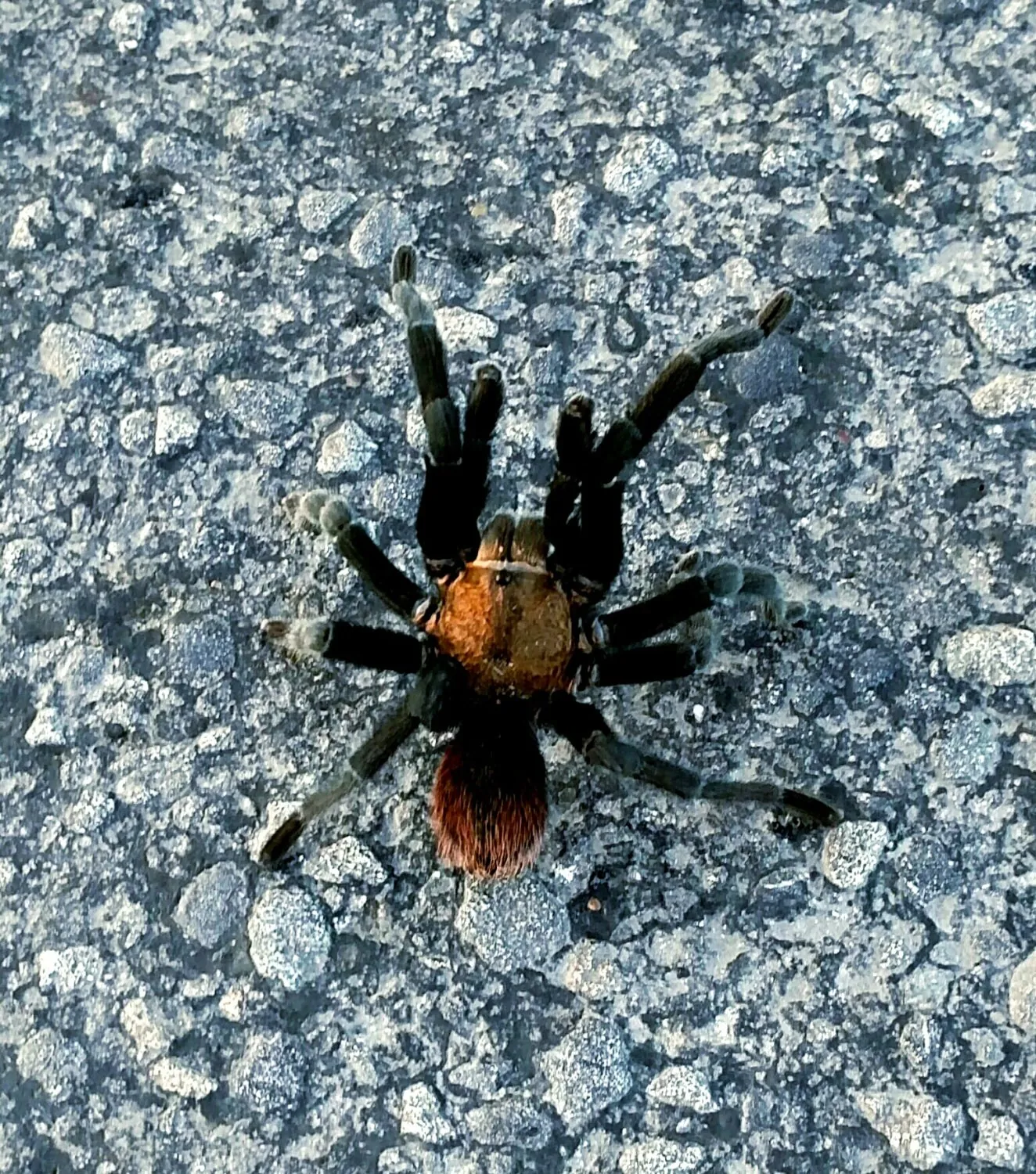
The size of tarantulas can vary significantly depending on the species, with some reaching a leg span of over 10 inches. Their hairy bodies, covered in setae (tiny hairs), give them a fuzzy appearance. These hairs also serve sensory purposes, helping them detect vibrations and air movements. The overall appearance can range from a uniform color to intricate patterns, aiding in camouflage within their environment.
Tarantula Habitats in South Texas
In South Texas, tarantulas prefer dry, semi-arid environments. These spiders are commonly found in grasslands, scrublands, and open woodlands. They are well-adapted to the hot climate and can survive in various conditions. The availability of suitable habitats is crucial for their survival, including areas where they can construct burrows or find shelter.
Common Locations
Tarantulas are frequently spotted in areas with undisturbed soil, such as along riverbanks, in fields, and beneath rocks. They often choose locations that offer protection from the elements and potential predators. During mating season, male tarantulas are more likely to be seen as they search for females, which can lead them to cross roads and trails.
Burrows and Shelters
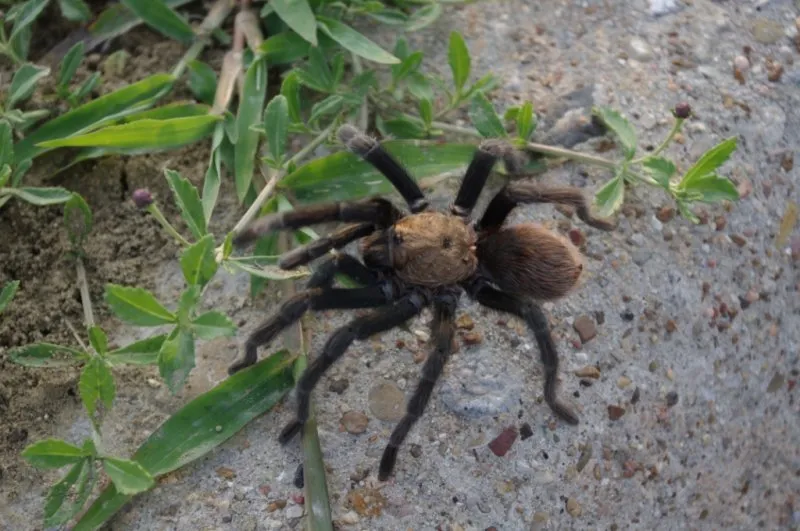
Tarantulas typically create burrows in the ground, which serve as their primary homes. These burrows can be quite elaborate, often lined with silk to stabilize the walls and provide a comfortable living space. They can also use natural shelters like crevices in rocks or under logs. These shelters provide protection from the sun and potential predators.
Tarantula Behavior and Lifestyle
Tarantulas are generally solitary creatures, except during mating season. They spend much of their time in their burrows, venturing out to hunt for food. Their behavior is primarily nocturnal, with most of their activity occurring at night. Understanding their behavior is crucial for appreciating these fascinating creatures.
Diet and Feeding Habits
Tarantulas are carnivorous, feeding primarily on insects, but also sometimes on small vertebrates like lizards and rodents. They use their fangs to inject venom, which immobilizes their prey. After injecting venom, they release digestive enzymes to break down the prey’s tissues, which they then suck up. The type of prey depends on the size of the tarantula and its location.
Predators and Defense Mechanisms
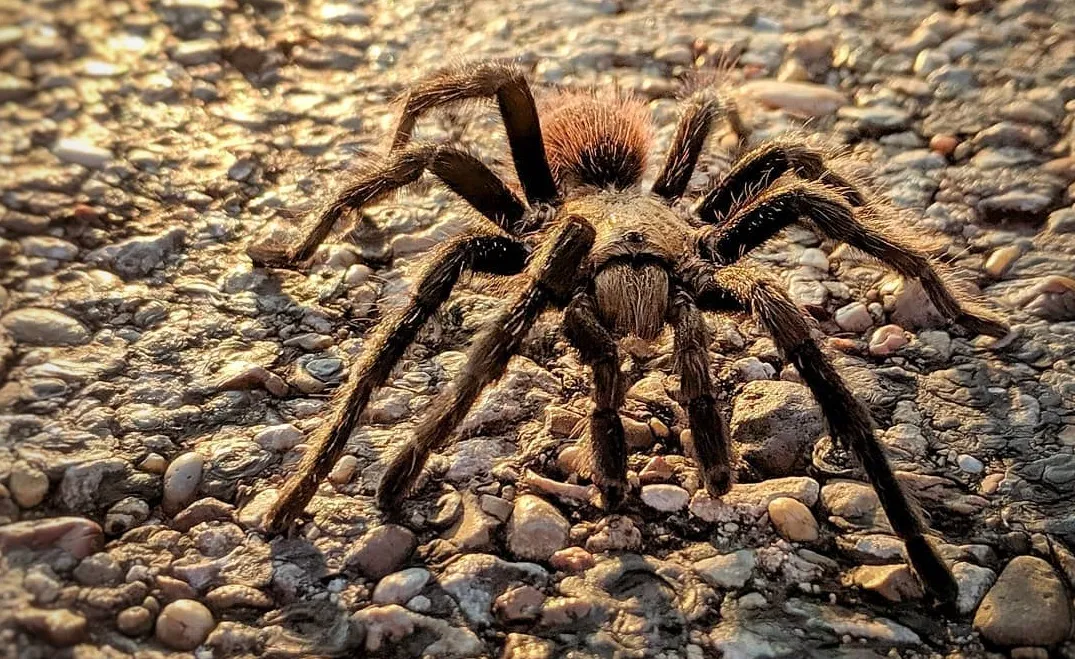
Tarantulas have several predators, including birds, snakes, and larger mammals. To defend themselves, tarantulas have a range of defense mechanisms. They can flick urticating hairs (small, irritating hairs) from their abdomen, which can cause significant discomfort to predators. They may also bite if they feel threatened, though their venom is generally not lethal to humans.
Mating and Reproduction
Mating season for tarantulas in South Texas typically occurs during the late summer and early fall. Male tarantulas leave their burrows to seek out females. After mating, the female produces an egg sac, which she fiercely protects. The spiderlings hatch from the eggs and eventually disperse to establish their own burrows. The entire process is a remarkable display of survival.
Identifying Tarantulas in South Texas
Identifying tarantulas involves recognizing their specific physical features and characteristics. Knowledge of local species is key to accurate identification. Recognizing the differences can help to understand the diversity of tarantulas in South Texas.
Distinguishing Features
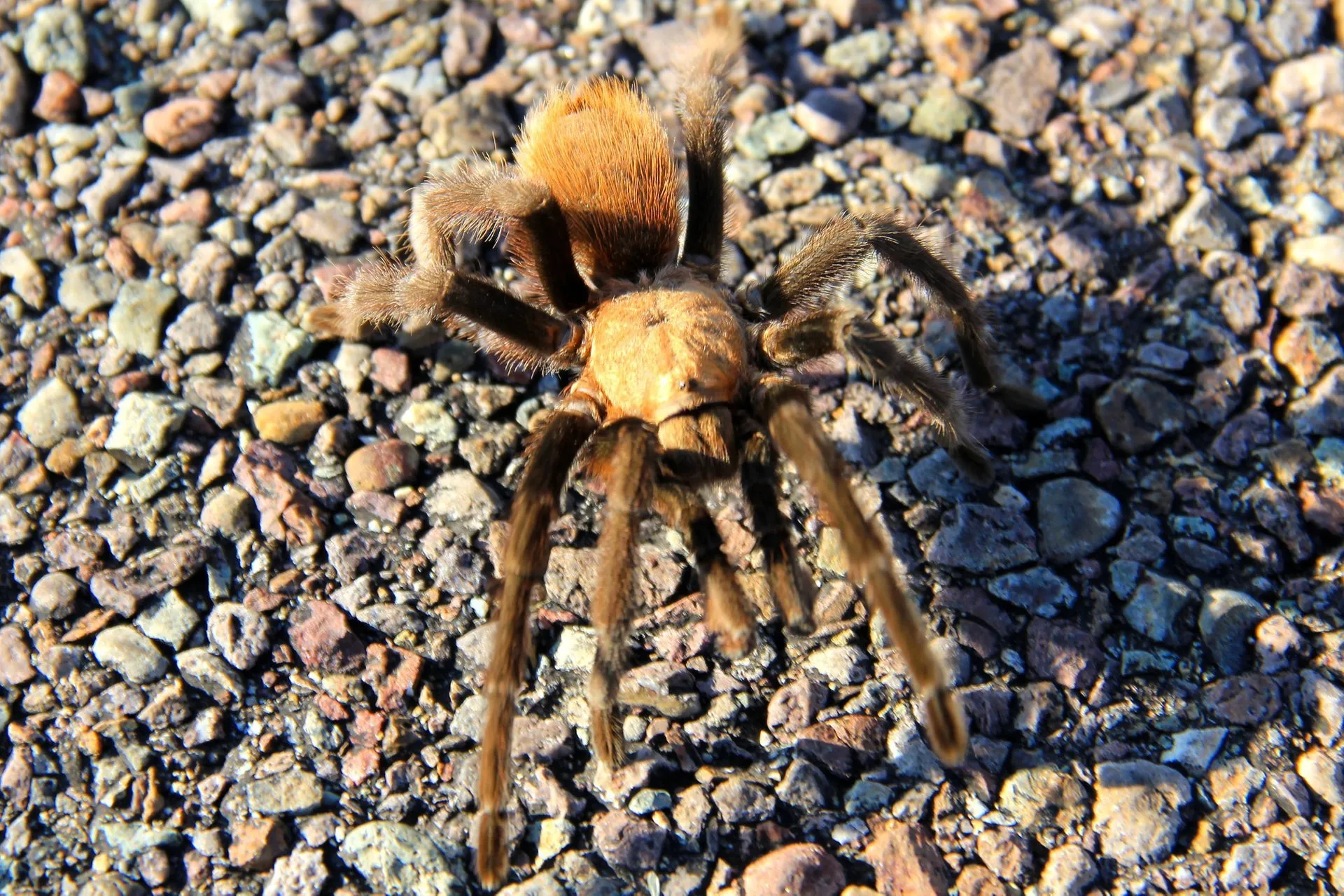
Look for key features such as size, color, and hair patterns. Observe the leg span and the overall appearance of the spider. Some species have distinct markings on their legs or bodies, which can help in identification. Comparing these features with field guides and online resources can help determine the specific species.
Comparing with Other Spiders
It is important to distinguish tarantulas from other, potentially dangerous spiders. While tarantulas have fangs and can bite, their venom is generally not considered medically significant to humans. Other spiders, like the brown recluse or black widow, pose more serious risks. The size and hairy appearance is one easy way to differentiate tarantulas from these more dangerous species.
Tarantula Conservation Status
While many tarantula species are not currently endangered, their populations can be affected by habitat loss and other threats. Conservation efforts are essential to ensuring their long-term survival.
Threats to Tarantulas
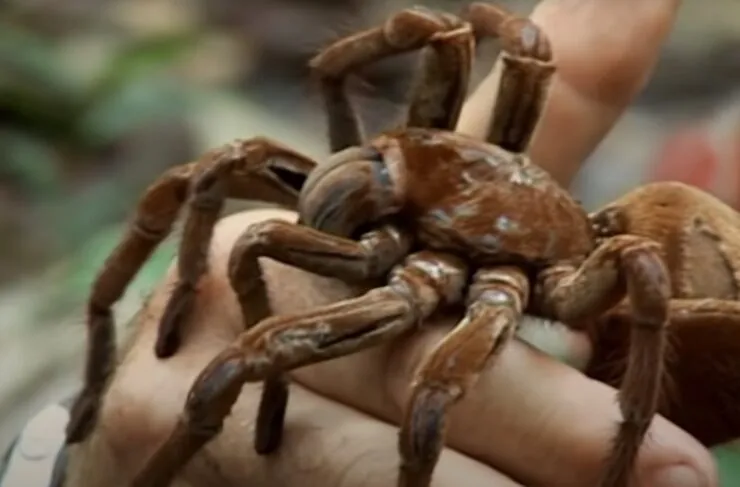
Habitat destruction due to development and agriculture is a significant threat to tarantulas. The use of pesticides and climate change can also negatively impact tarantula populations. Additionally, collection for the pet trade can put pressure on some species. These threats require active management and conservation strategies.
Conservation Efforts
Supporting habitat preservation and promoting responsible land management practices can help protect tarantulas. Raising awareness and educating the public about the importance of these spiders is crucial. Citizen science initiatives and research programs also play an important role in understanding and protecting tarantula populations.
Interacting with Tarantulas in South Texas
Encounters with tarantulas in South Texas are relatively common, especially during certain times of the year. It’s important to know how to react safely and what to do if you encounter one of these fascinating creatures.
Safety Precautions
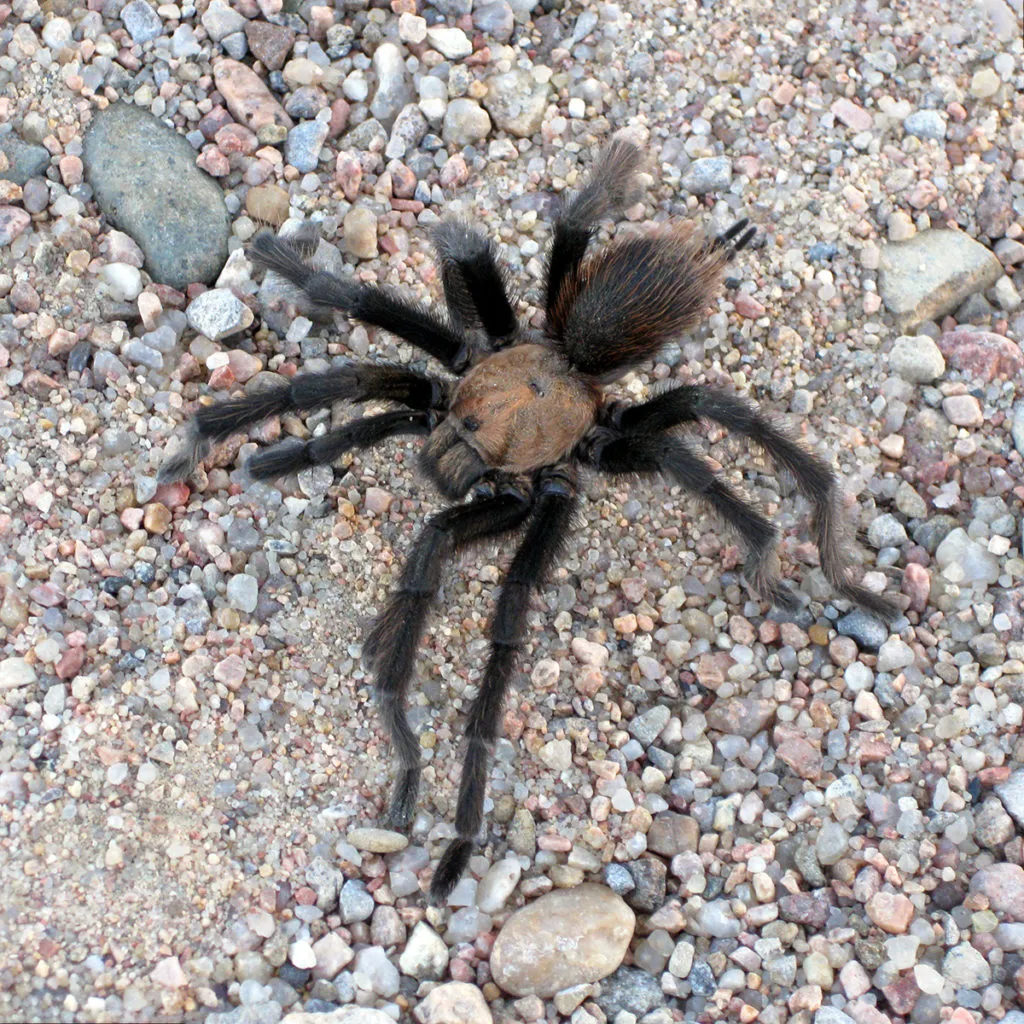
Avoid handling tarantulas. Maintain a safe distance. If you find one in your home, it is best to contact a professional pest control service or gently guide it outside using a container. Be cautious when walking in areas where they might be present, such as grasslands and wooded areas.
What to Do if You Encounter One
If you see a tarantula, the best course of action is to observe it from a distance. Do not attempt to touch or provoke the spider. If the tarantula is in a dangerous location, or if you are concerned, contact local wildlife authorities or a professional pest control service. It is important to appreciate these creatures while ensuring your safety.
